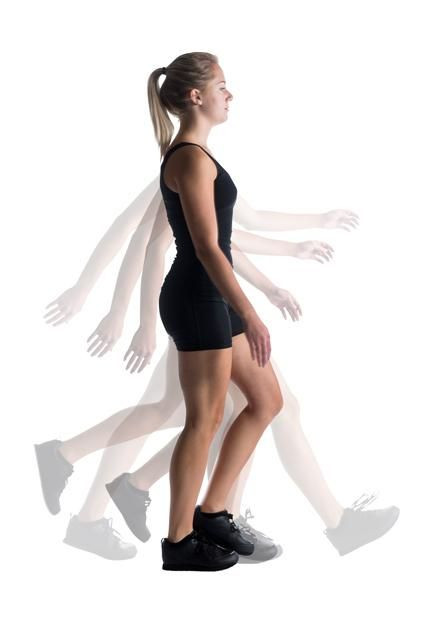The Human Brain Senses And Optimizes Movement, Which Is Smart But Also Incredibly Lazy

As technology evolves further and further, humans aim to make their lives as easy and simple as possible. We have food that is ready in a minute, cars that drive us, mini-computers in our pockets, and more. You’d think our body would be the last bastion of hope when it comes to avoiding laziness. We may (or may not) wear our fitness trackers, hoping to get that increasingly elusive 10,000 steps a day, or we may hit the gym. But what if our body is betraying us? What if, instead of burning all those calories and expending all that energy, our nervous system is tricking us by teaching our bodies to move in the most conservative ways possible? New research believes that our bodies are doing just that.
The research published in Current Biology found that our nervous system is adept at changing the way that we move so we expend as little energy as possible, thus making us incredibly lazy even when we think we’re being active. The researchers found this by studying the energetic costs of walking, which they then applied to most of our movements.
"We found that people readily change the way they walk — including characteristics of their gait that have been established with millions of steps over the course of their lifetime — to save quite small amounts of energy," said Max Donelan of Simon Fraser University in Canada in a press release.
This means that humans choose to do things in the easiest way possible. We find the shortest route for walking to a destination, sit for hours rather than stand, etc. The researchers found that laziness is evident even in movements we do constantly, like walking. “[T]he nervous system subconsciously monitors energy use and continuously re-optimizes movement patterns in a constant quest to move as cheaply as possible," Donelan said. Conversely, since our nervous system is able to sense and optimize movements so quickly, you actually have to be pretty smart to be so lazy.
To find out to what extent our bodies adapt movement based on real-time physiological inputs, the researchers had participants walk while wearing a robotic exoskeleton around their legs. The exoskeleton let the researchers make walking in their normal gait harder for participants. They did this by putting pressure on the participants’ knees during normal walking, then eased the resistance during other types of walking.
"We think of our experiment like dropping someone into a new world with all new rules," lead author Jessica Selinger said. "Any walking strategies that may have developed over evolutionary or developmental timescales are now obsolete in this new world."
This weird way of walking allowed the researchers to determine whether or not we can sense and optimize the cost of movement in real time. Since our body is awesome, they found out that we can. The participants adjusted their step frequency to find a new energetic optimum within minutes of the researchers changing their walking. People even did this when the energy differential was minimal — less than 5 percent.
The study concluded that the energetic costs of our activities aren't just an outcome of our movements, but play a central role in continuously shaping them.
Source: Selinger J, et al. Humans Can Continuously Optimize Energetic Cost during Walking. Current Biology. 2015.



























